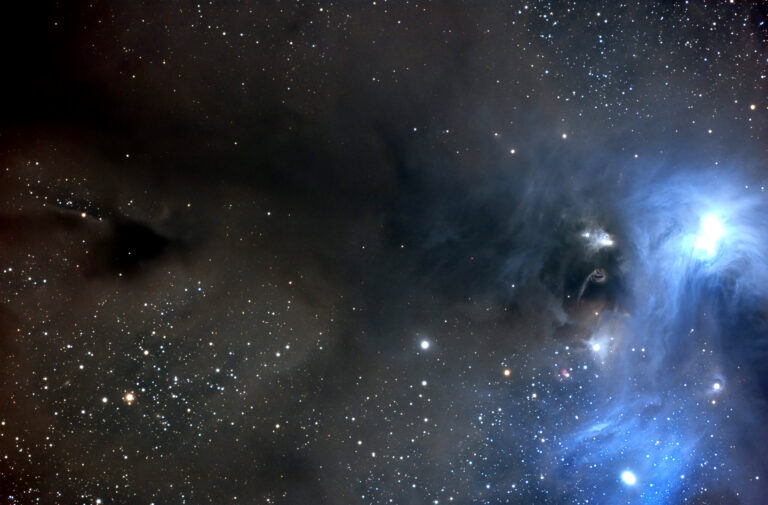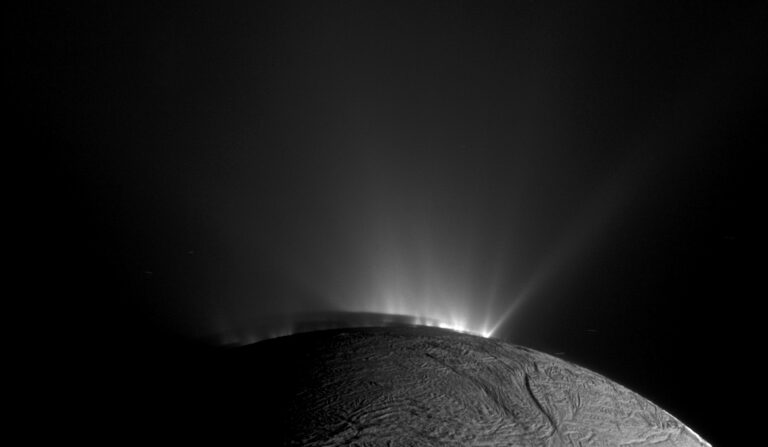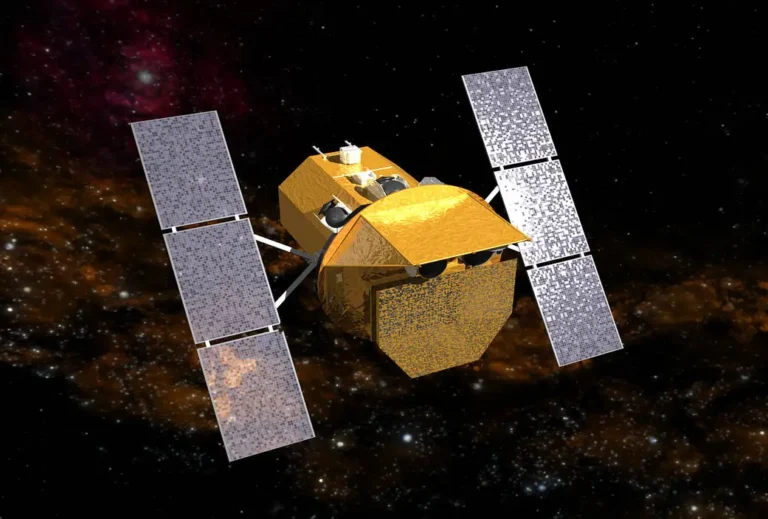Key Takeaways:
Imagine if aliens arriving in the far future find a newspaper from our time and try to figure out Groundhog Day.
“Seems these humans held up a woodchuck at sunrise!” exclaims the first Vulcan. “If the animal saw its shadow, Earth’s storm systems grew. That’s what they believed.”
“And the length of winter revolved around the anxieties of a groundhog. He was apparently the nation’s spokes-rodent.”
“That’s still not the weirdest part. This ritual was held February 2. Don’t you see? That’s six weeks before the equinox, when spring begins in the Northern Hemisphere. So there had to be six more weeks of winter regardless of the shadow. Not to mention Pennsylvania’s cloud cover averages 69 percent in early February, rigging the dice for a shadowless outcome.”
Beyond the underfunded science of woodchuck neuroses, this brings up cool topics we missed when we last explored astro-shadows six years ago.
First off, February 2 is neither arbitrary nor unrelated to the cosmos. It is Candlemas, one of the year’s four “cross-quarter” days. Groundhog Day sits midway between the December solstice, when the Sun rises at its rightmost extreme, and the March equinox, when it’s due east.
Marking the halfway point of the seasons, a cross-quarter day provides a Stonehenge-like reference point. This was an important date for skywatching civilizations. But granted, adding groundhogs is pretty weird.
(As a side note, northern winter’s midpoint has now shifted a couple of days to February 4 because of Earth’s precessional wobble and the Gregorian calendar reform in the 16th century.)
All shadows are intriguingly packed with science — even if you’re not a woodchuck and it’s not February 2. Maybe the coolest is the shadow cast by our entire planet. It’s easy to observe, and it appears each clear day at sunrise and sunset.
Every clear evening at dusk, a dramatic blue-gray horizontal band sits on the eastern horizon. It’s not subtle, and it isn’t rare. Called the Twilight Wedge, it is nothing less than Earth’s shadow cast onto the atmosphere. Above the murky belt’s upper margin, a pink band (sometimes called the Belt of Venus) reveals where sunlight still streaks out into infinity.
TOPICS WE MISSED WHEN WE LAST
EXPLORED ASTRO-SHADOWS.
If astronauts ever venture more than a million miles from here, in any direction, they’ll see the Sun appear larger than Earth — meaning our planet can no longer fully block it. Eclipses cease to exist. Beyond that point, there’s no refuge from the fierce sunlight, our world being no more than a large black dot on the solar disk.
From the surface of Mars, the last transit of Earth across the Sun took place May 11, 1984. We never had a spacecraft there to photograph such a transit; even if they could have performed solar photography, the Viking landers stopped making contact with us in 1982.
The next Earth transit will happen November 10, 2084. Our world casts its shadow on Mars at intervals of 100.5, 79, 25.5, and 79 years, always in May or November, and then the entire sequence repeats itself. We’re currently in that longest possible transitless gap.
Also on Mars, all shadows are much crisper than they are here. They have harder edges thanks to the smaller-appearing Sun. This seldom-mentioned visual oddity would make the martian surface feel deeply alien. (Its salmon-colored sky boosts the weirdness factor, too.) By contrast, shadows on Mercury are twice as blurry as those on Earth. Those shadows are strange in the opposite way.
Do a groundhog impersonation and inspect your own shadow. Your ankles’ shadows have sharp edges. Newton used the “sharp-edged” business to argue that light is a stream of particles — if light were waves, he said, it would cast indistinct shadows. (Newton was both right and wrong because light can be a wave and a particle.)
But your head does cast a fuzzy-edged shadow. This isn’t a lingering effect from last night’s debauchery. It’s due to the longer distance to the ground from your head versus your ankles. After a few feet of shadow-travel, the Sun’s 1/2° apparent size becomes increasingly important. Your head’s blurry shadow edge is the zone where the Sun is partially eclipsed.
Punxsutawney Phil loves this kind of stuff. We might as well get on board.
Contact me about my strange universe by visiting http://skymanbob.com.










